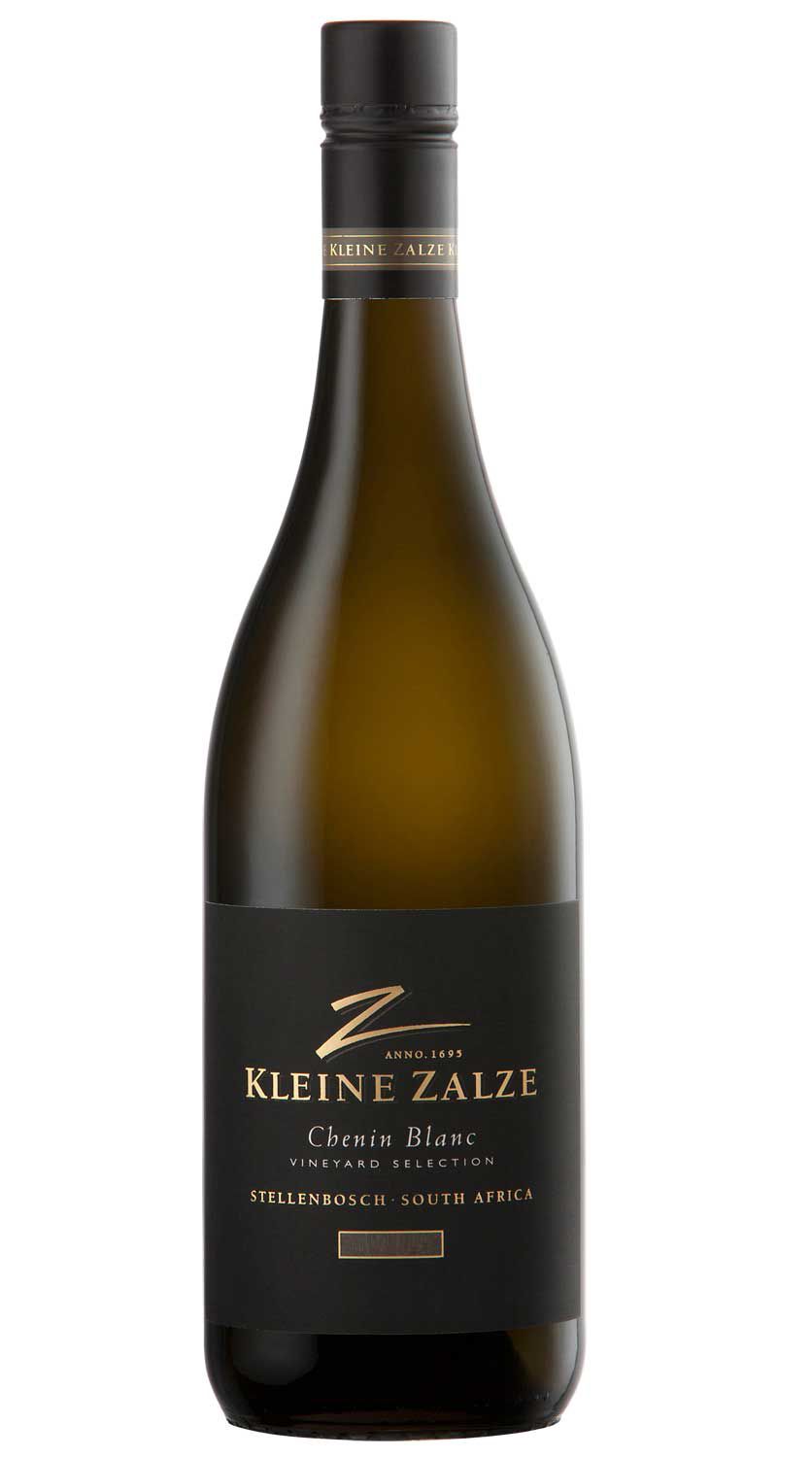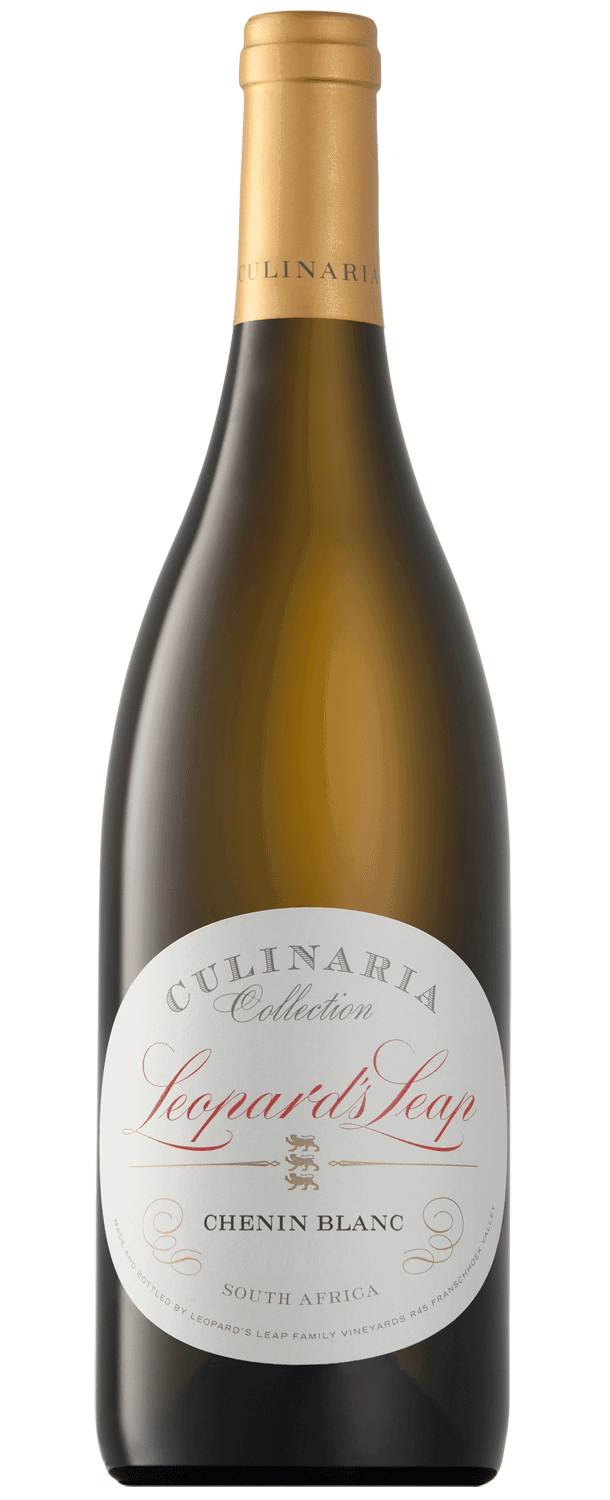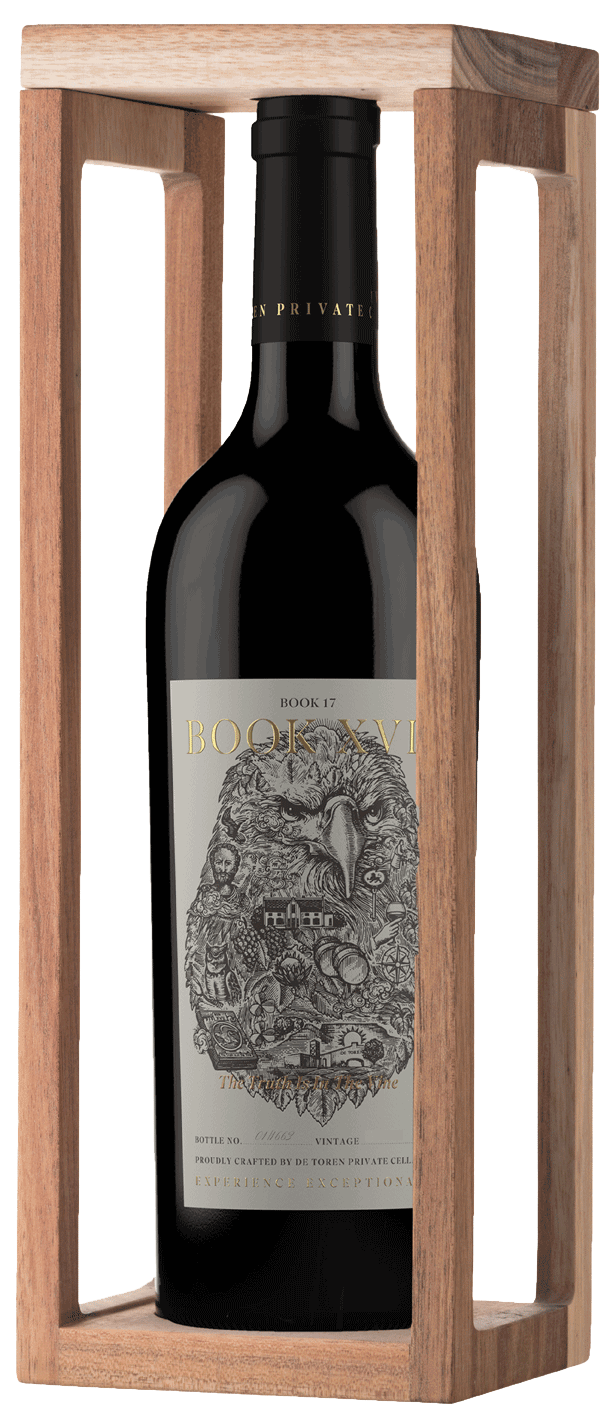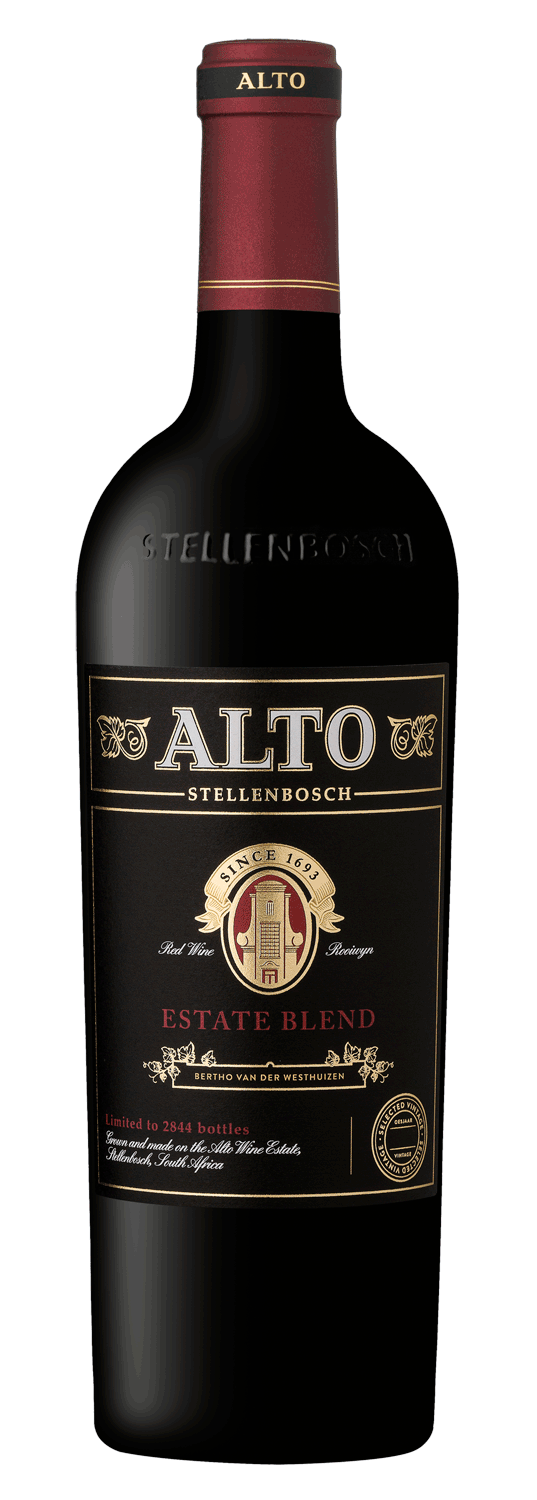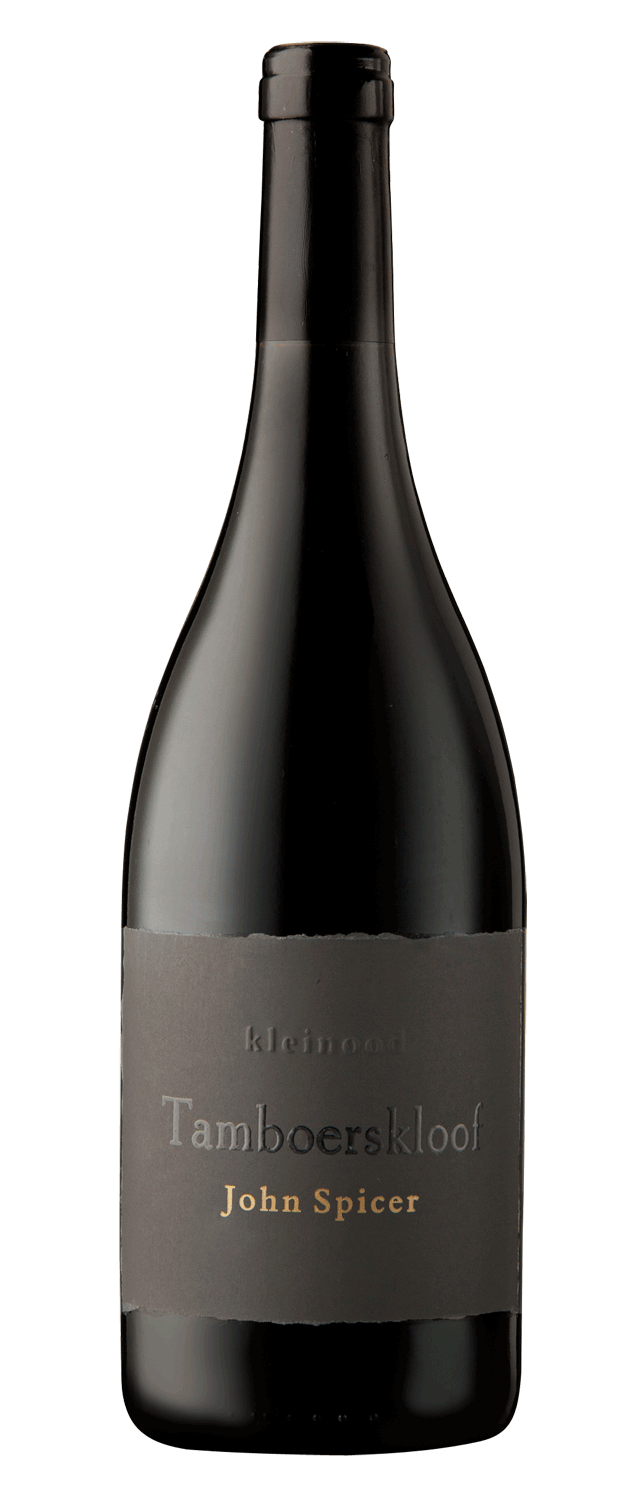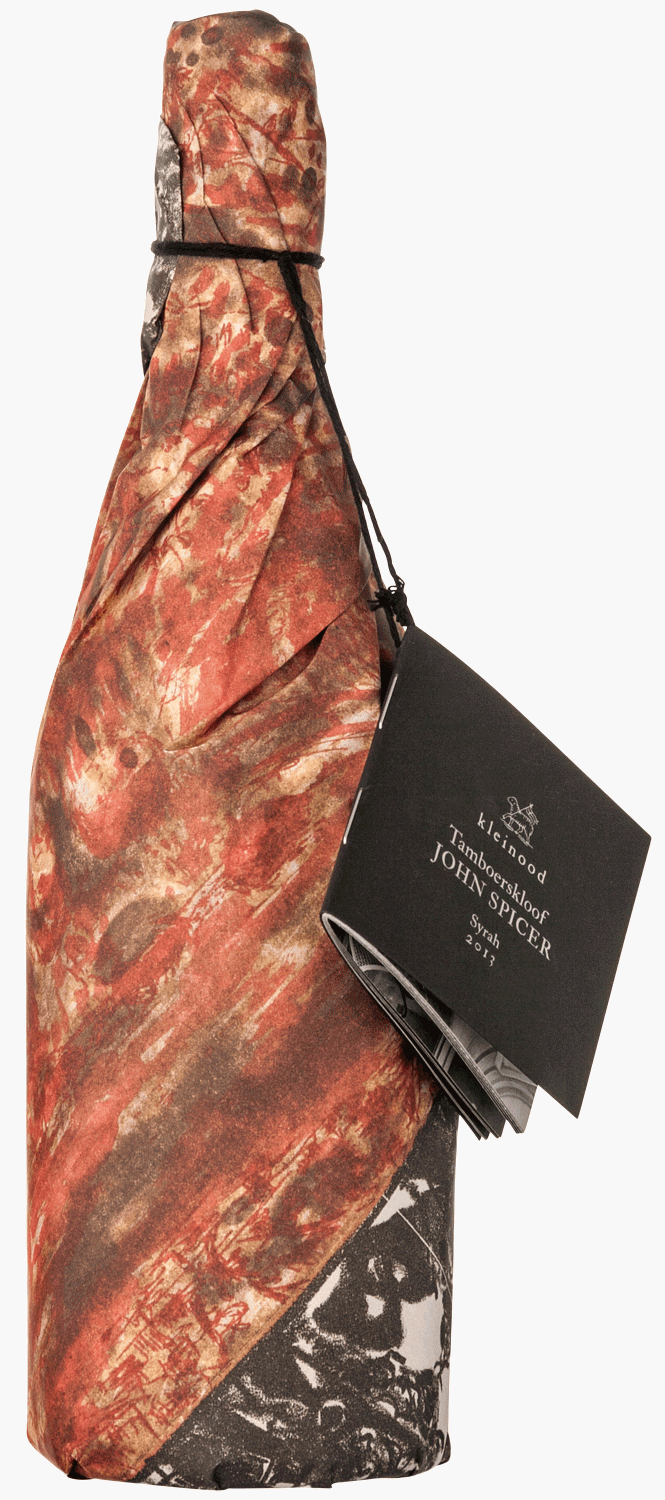
Decanting
Decanting refers to the slow transfer of wine from the bottle into a container, usually a carafe. The main purpose of this process is to separate the wine from the natural sediment that occurs in unfiltered wines. The term sediment is used to describe the deposition of tannins and colorants. Another reason is the increased contact with oxygen during decanting, which allows the aromas and flavors to develop better and overly strong tannins to appear more harmonious. This process allows the wine to age artificially, thus maturing it. Decanting is often used with red wines, as the advantages of decanting can be played out there.
Discover our premium Wines
Content: 0.75 Liter (€19.93* / 1 Liter)
and Ingredients can be found here
Content: 0.75 Liter (€14.93* / 1 Liter)
Last lowest price: €11.20*
and Ingredients can be found here
Content: 0.75 Liter (€17.27* / 1 Liter)
and Ingredients can be found here
Content: 0.75 Liter (€19.93* / 1 Liter)
and Ingredients can be found here
Content: 0.75 Liter (€20.67* / 1 Liter)
Last lowest price: €15.50*
and Ingredients can be found here
Content: 1.5 Liter (€29.97* / 1 Liter)
Last lowest price: €44.95*
and Ingredients can be found here
Content: 0.75 Liter (€30.53* / 1 Liter)
Last lowest price: €22.90*
and Ingredients can be found here
Content: 0.75 Liter (€26.60* / 1 Liter)
and Ingredients can be found here
Content: 0.75 Liter (€323.93* / 1 Liter)
and Ingredients can be found here
Content: 4.5 Liter (€11.51* / 1 Liter)
Last lowest price: €51.80*
and Ingredients can be found here
Content: 0.75 Liter (€14.33* / 1 Liter)
Last lowest price: €10.75*
and Ingredients can be found here
Content: 0.75 Liter (€53.27* / 1 Liter)
and Ingredients can be found here
Content: 0.75 Liter (€27.93* / 1 Liter)
and Ingredients can be found here
Content: 0.75 Liter (€46.73* / 1 Liter)
Last lowest price: €35.05*
and Ingredients can be found here
Content: 0.75 Liter (€19.93* / 1 Liter)
and Ingredients can be found here
Content: 0.5 Liter (€63.90* / 1 Liter)
and Ingredients can be found here
Content: 0.75 Liter (€133.27* / 1 Liter)
and Ingredients can be found here
Content: 0.75 Liter (€39.93* / 1 Liter)
and Ingredients can be found here
Content: 0.75 Liter (€53.27* / 1 Liter)
Last lowest price: €39.95*
and Ingredients can be found here
Content: 0.75 Liter (€56.60* / 1 Liter)
Last lowest price: €42.45*
and Ingredients can be found here
How to decant wine?
But decanting is not without controversy. Critics believe that in this way the freshness and fruitiness is lost from the wine after it comes into contact with oxygen. The oenologist Émile Peynaud also considers the aeration of the wine untenable, since in his studies he could not prove any difference in taste. If anything, the wine should be decanted and served at the latest possible moment to ensure maximum flavor. To decant properly, the bottle must have rested for at least 24 hours beforehand, so that the sediment is really on the bottom.





